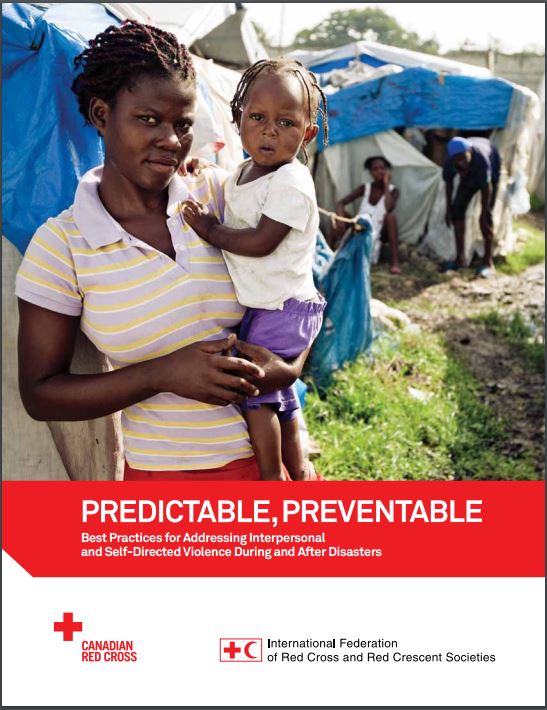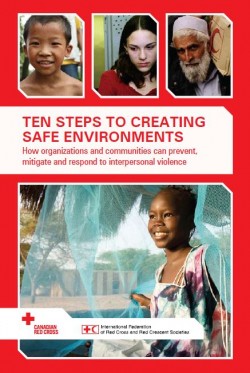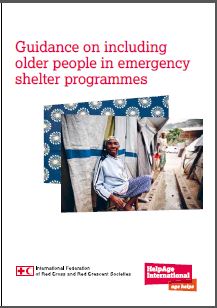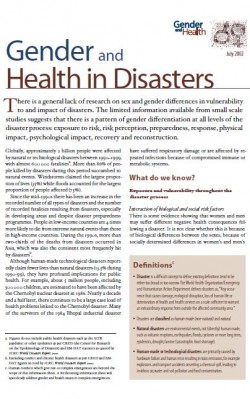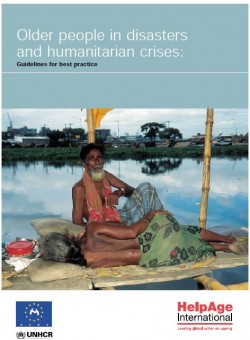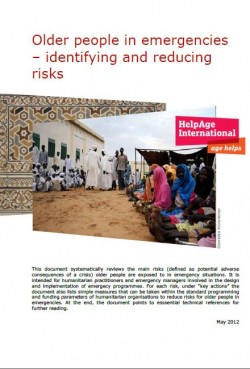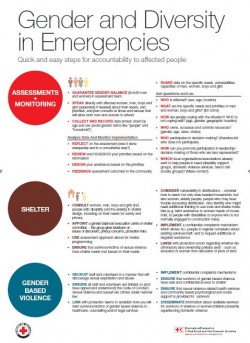Purpose
This advocacy report encourages making the prevention of interpersonal and self-directed violence a priority within the International Federation’s response to disasters. It highlights why and how interpersonal and self-directed violence during and after disasters is a predictable and preventable problem and the actions the International Federation and its partner agencies should take to have a more engaged role in addressing them.
Overview
- In disaster after disaster, the risk of interpersonal and self-directed violence increases from a combination of factors. Factors include the collapse of protective systems, increased individual and community stress, individuals relying on harmful coping mechanisms such as alcohol and drugs, and crowded and insecure environments.
- Although anyone can be vulnerable to violence, people with pre-existing vulnerabilities to violence, such as children, women and others who are marginalised, are at particular risk.
- Although the problem of violence in disasters is complex, it is not inevitable. Violence can be prevented. The risk of violence needs to be addressed through a public health approach that is part of all programming sectors in a disaster.
- Best practices exist and can be implemented across the disaster management cycle.
Usage: Guidance for project implementation
Audiences: National Society leadership; Technical staff; Gender and diversity practitioners
Reference: Canadian Red Cross and IFRC (2012). Predictable, Preventable: Best Practices for Addressing Interpersonal and Self-Directed Violence during and after Disasters. Pp. 1-32. Available from: http://www.ifrc.org/PageFiles/94522/ViolenceInDisasters-English-1up.pdf [Accessed: 18th July 2016].
![]()


